The Last Case of Moscow's Antique & Art Police Squad
How did "The Kazaryan Case" against a million-dollar art forger, meant to celebrate Moscow art-crime cops, end in their quiet resignations?
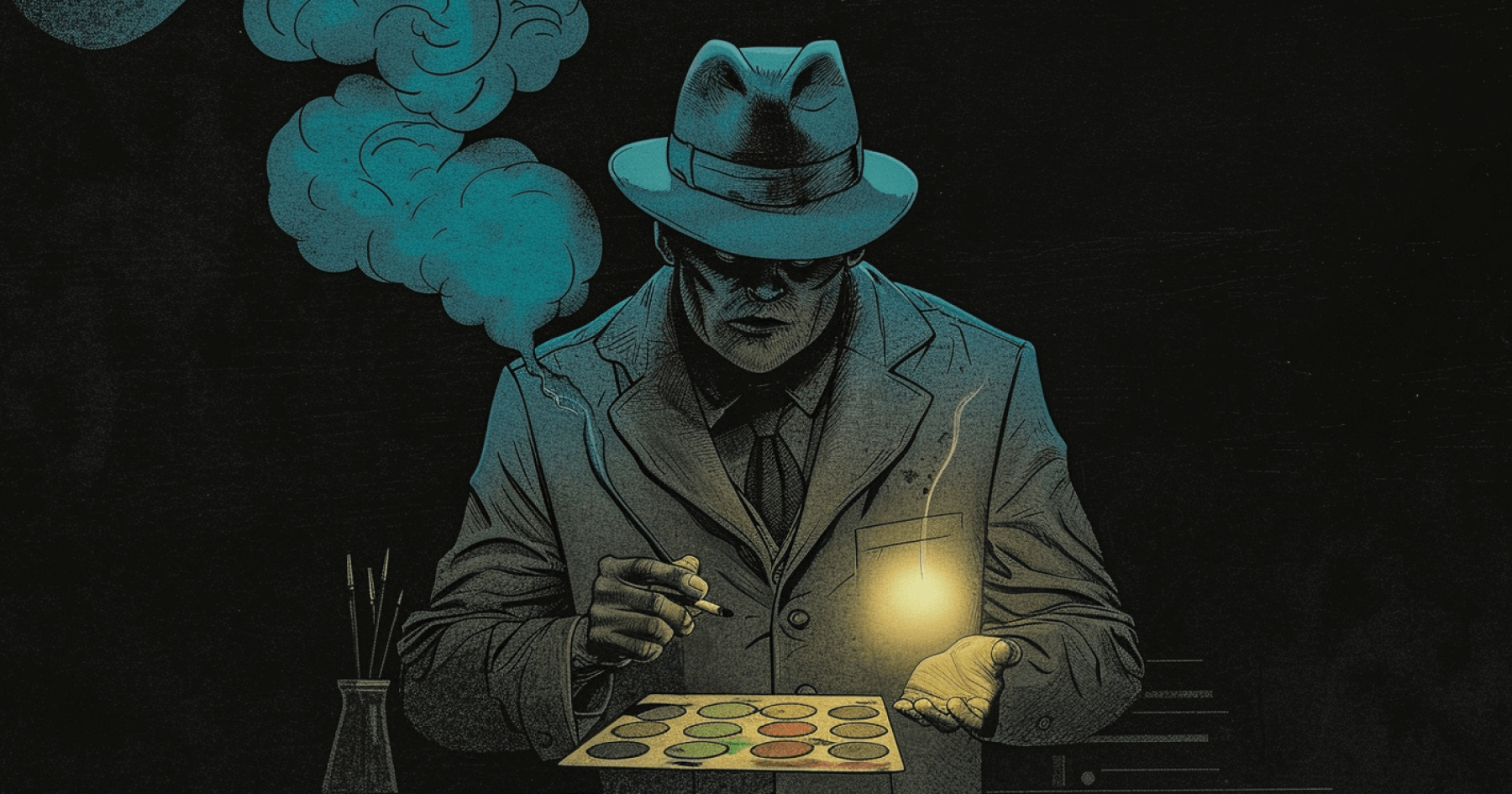
"The Kazaryan Case" — the theft of five works by famous Russian artists and other cultural valuables worth 60 million rubles — was supposed to be a big win for the art division of the Moscow Criminal Investigation Department. So why was the Department disbanded, and the detectives resigned even before the fraudsters were convicted?
When former police lieutenant colonel Alexey Kistochkin hit the trail, something ignited in the tall, fit, and older-looking 34-year-old detective — a predator's instinct, "like a wolf tasting blood." The murky waters of Moscow's art market and law enforcement bureaucracy cleared, and the countdown began: faster, faster, faster. Sleepless nights at the notorious central headquarters of the Moscow police, a couple of kilometers from the Kremlin at Petrovka, 38, sleeping in the office and the service car, then finally catching up and capturing the culprit, followed by more sleepless nights processing the arrest, evidence, and a ton of paperwork. The former deputy chief of the elite 12th "antique" Department of the Moscow Criminal Investigation Department, nostalgically remembered as the somewhat classic Soviet-era MUR (Moscow Criminal Investigation), loved this job.
The international art community and foreign detectives call Russia the "black hole of art crime." In the country, theft is rampant and constant, with no one even trying to estimate the scope. Only isolated numbers are known: for instance, 21 paintings by Ivan Aivazovsky, 18 by Marc Chagall, and five by Konstantin Korovin are listed as missing. Russian museums house about 80 million exhibits, a volume impossible to monitor thoroughly. Icons, ancient books, manuscripts, engravings, medals, orders, old musical instruments, and jewelry are stolen. Museums, private collections, churches, and library almanacs are robbed. The market is flooded with forgeries: up to 90 percent of Russian artists' paintings, by various estimates, are fakes.
Alexey Kistochkin's favorite route for a leisurely Saturday stroll hasn't changed for years: the vernissage in Izmailovo Park in northeast Moscow, street coin dealers near the "Numismat" shop in the city center at Taganka, dozens of inconspicuous antique shops and purchase points hidden among book stalls, souvenir shops, street caricaturists, and musicians on the tourist-crowded Old Arbat. Kistochkin, no longer a policeman, still makes these rounds to keep his finger on the pulse, now without the standard folder of stolen item photos. He looks around, and everyone recognizes him.
At Taganka, numismatists leave their precious coin capsules hanging on the railings and flock around Kistochkin, shaking hands, smiling, asking how he's doing, and boasting about their lives. Everything's good at home, but I am expecting a third child. How about you? They brought coins, paintings, icons, and orders and tried to sell an ancient cannon. Kistochkin laughs: all this is, of course, illegal, but the police rarely chase the numismatists. People need to bring stolen goods somewhere, making it easier to catch them there.
The Arbat shops are different — stern, unfriendly, and meant for insiders. A casual tourist looking for a fur hat faces a rough "what do you want." Criminal types hang out on the broken porches, smoking and discussing the nuances of price haggling. Still, to Kistochkin, the place seems to have lost its old, good spirit: sleek modern architecture is everywhere, and there is no old Moscow or past criminal vibe. Here, a "central" granny used to sell antiques; her assistant was Kistochkin's informant. A polished shop now stands where "serious people" used to gather, whom Kistochkin once directed for inspection — they didn't want to cooperate. In this shop, he once pretended to be a salesman. The cramped antique shop residents greet the detective with smiles: they, of course, recognize him.
All stolen art pieces eventually resurface somewhere—that's the market's law. But there's no one left to solve these cases: In the early 2010s, antique police departments were gradually disbanded and closed, with most well-known detectives retiring or being laid off. The black hole of art crime in Russia is growing ever larger.
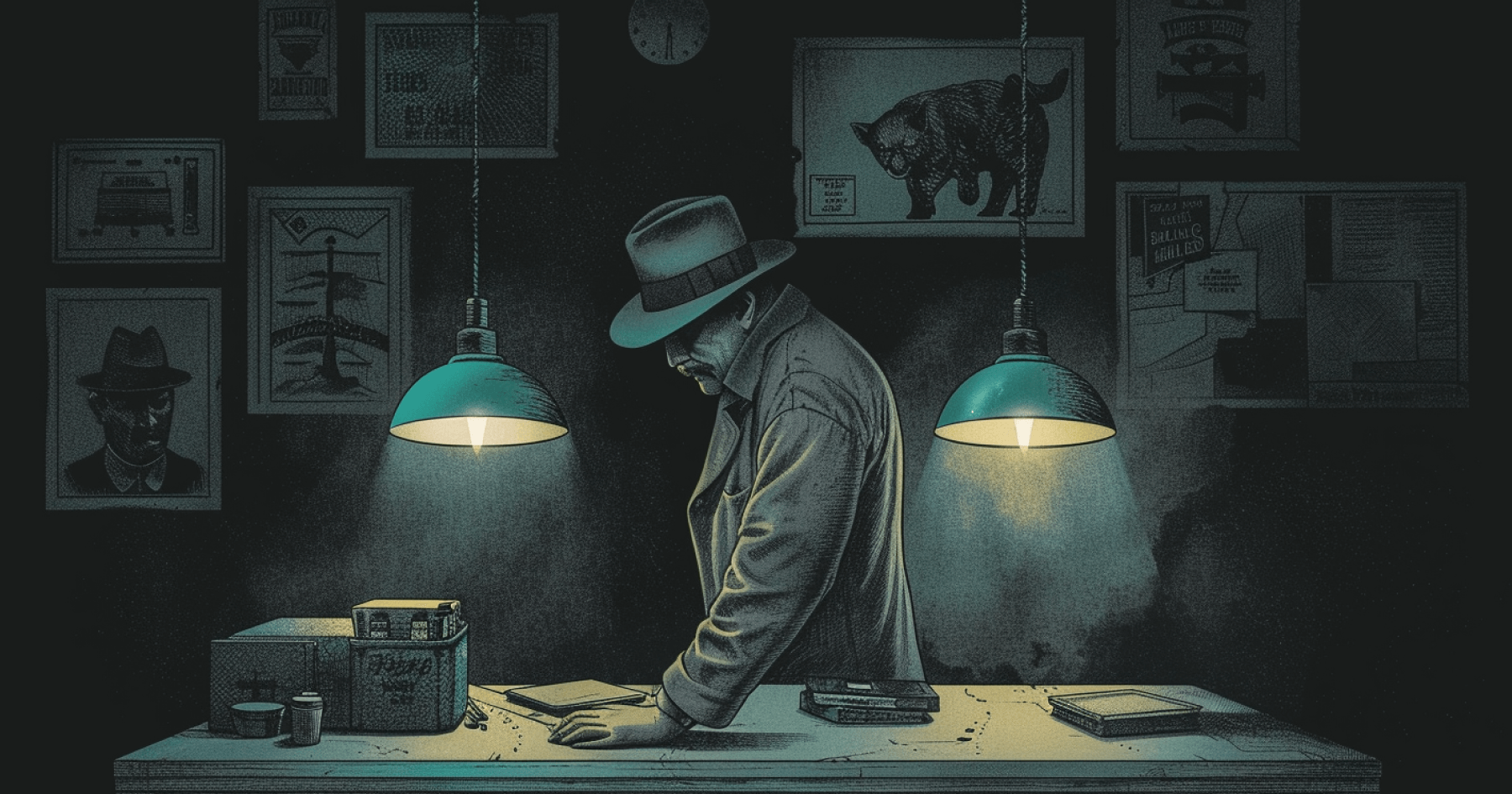
Antique departments were established within the Ministry of Internal Affairs in the early 1990s, when a wave of church, museum, and private collection robberies swept the country after the collapse of the Soviet Union. The country was undergoing shock reforms; lawlessness reigned in the streets, all familiar structures had crumbled, and everyone was surviving as best they could. "You could live on one dollar for two weeks, and then it turned out that art objects were the most convertible goods," recalls a former senior officer for significant cases of the Main Criminal Investigation Department of the Ministry of Internal Affairs, Ilya Ryasnoy. "Gangs were wiping out entire regions, going from house to house and church to church, taking everything, and every raid inevitably involved murders." Ryasnoy dealt with art for 16 years: he investigated icon thefts, recovered a porcelain medallion with an image of Peter I stolen from the "Ostankino" museum estate from Austria, detained a thief of 60 ancient drawings by inventor Ivan Kulibin, and arrested Sheremetyevo airport seller of fake paintings, Alexander Belilovsky.
Ryasnoy said about five thousand art-related crimes were registered yearly in the nineties. Detectives immersed themselves in the art world, which operated in grey areas and tax evasion. They liaised with Interpol, the FSB, and customs, developed informants, coerced small-time traders into cooperating, and built networks. The main task of the antique departments, not assigned to other police units, was the recovery of stolen items—regular police were only required to catch criminals.
Each antique detective chose their preferred specialty: icons, chalices, patens, Gospels, and other cult objects; bibliophilia, numismatics, patristics, philately, and philopatry; paintings and forgeries; and the largest category, decorative arts — glass, porcelain, metal, furniture, silver, photo frames, icon covers, sculptures, jewelry, weapons. Police officers read specialized literature, interacted with experts, and attended art history lectures and seminars. Ilya Ryasnoy, to this day, is ready to explain why he loves Titian and Rembrandt but thinks a child can draw avant-garde art. From 2006 to 2008, he was part of a government commission auditing museums after the "theft of the century" at the Hermitage, where 221 items were stolen. Ryasnoy harshly criticized the storage organization, stating that 50,000 items were stolen from domestic museums.
Alexey Kistochkin, a Moscow University of the Ministry of Internal Affairs graduate, joined the Antique Department in 2004 at 23. Before that, the senior lieutenant worked as an investigator and operative in the "homicide department" of the North-Eastern district and got into the 12th Department, which only took experienced detectives by chance — he learned about a vacancy, consulted with a former university lecturer, and attended an interview.
If there had been golden times in the antique Department, they would have ended by this time. The Department, designed for ten people, was half-staffed. No one was looking for recruits, and the leadership didn't always understand the need for this small corner of several offices — they didn't strive for the criminal case resolution statistics by which the state measures police success, leading to corruption and other violations, and handled very few cases. Nevertheless, the Antique Department was still considered elite in the police community.
Kistochkin quickly chose his area — orders and medals. Nothing made him as furiously angry as thefts from veterans and older people. Giving and selling state awards is prohibited under Article 324 of the Criminal Code, so black market prices are sky-high: for example, the cost of a naval Order of Ushakov of the first degree can reach several hundred thousand dollars. Like his colleagues, Kistochkin developed connections and a network of informants — he turned a blind eye to minor trading in exchange for a tip-off if something precious, stolen, or suspicious was brought in for sale.
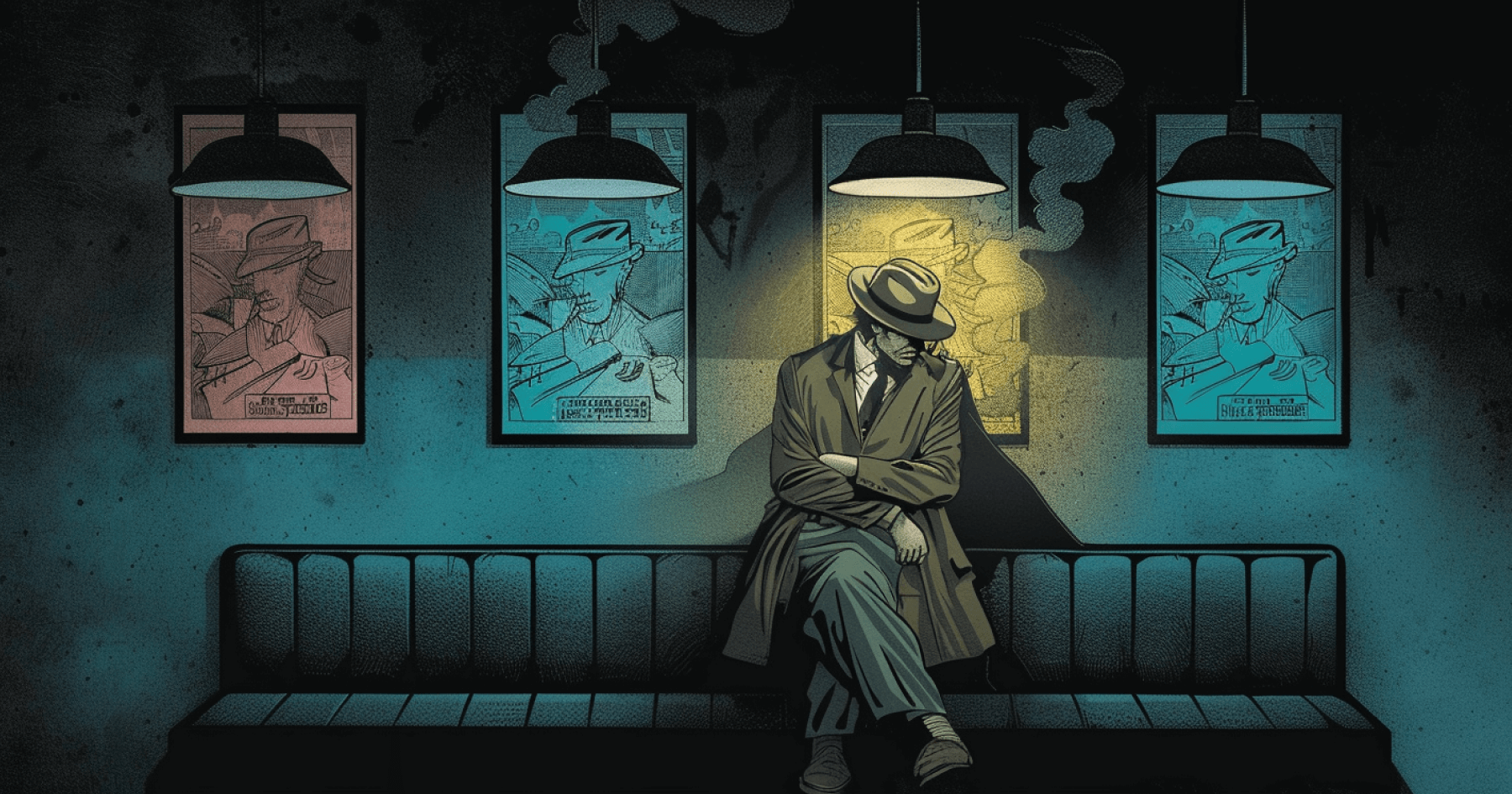
Kistochkin's first significant case was the 2005 arrest of Alexander Karmanov, aka Udot-senior, five times convicted for robbery, organizing gambling, and dealing in cold weapons. After his latest prison term, he registered a front company, "Museum of Military History." He began to find addresses of war heroes, cosmonauts, aviation and air defense marshals, fleet admirals, and relatives of central Soviet officials. Karmanov visited them at home, convincing them to sell their awards for his "museum's" exhibition, and many veterans and financially struggling relatives agreed. Investigators caught Udot-senior while working on another award thief's case, nicknamed the Wizard. During the arrest, they found dozens of awards, order books, and even a table gifted to Brezhnev by the workers of the Tajik SSR.
Kistochkin fondly recalls some of his adventures. In 2006, he and his partner drove around the Moscow region in a service car, stirring up trouble in Balashikha, a major suburban city — looking for a gang of drug addicts who had stolen video and audio equipment from a private house, as well as a sketch by artist Pavel Korin and an 18th-century saber. With a warrant, the police broke into dens in Balashikha, forced the flushing of drugs, frightened all the local thugs who started making up legends about the two detectives, and, within two weeks, caught the robbers. The arrest, Kistochkin recalls, was "fun": emergency services cut the door, police with guns stormed the apartment, pinned one robber to the floor, and had trouble finding the other as he had curled up under the couch like a snail. "It was scary — they were drug addicts, they might come out and stab you with a needle, and then you'd get hepatitis, HIV, or something similar." They never found the ancient saber.
In early 2009, Kistochkin became a major; in July, he was promoted to deputy chief of the Department, and in August, the Mkhitar Kazaryan case landed on his desk. He took it as a routine case, not knowing it would be the last major case the 12th Department would solve in its history.
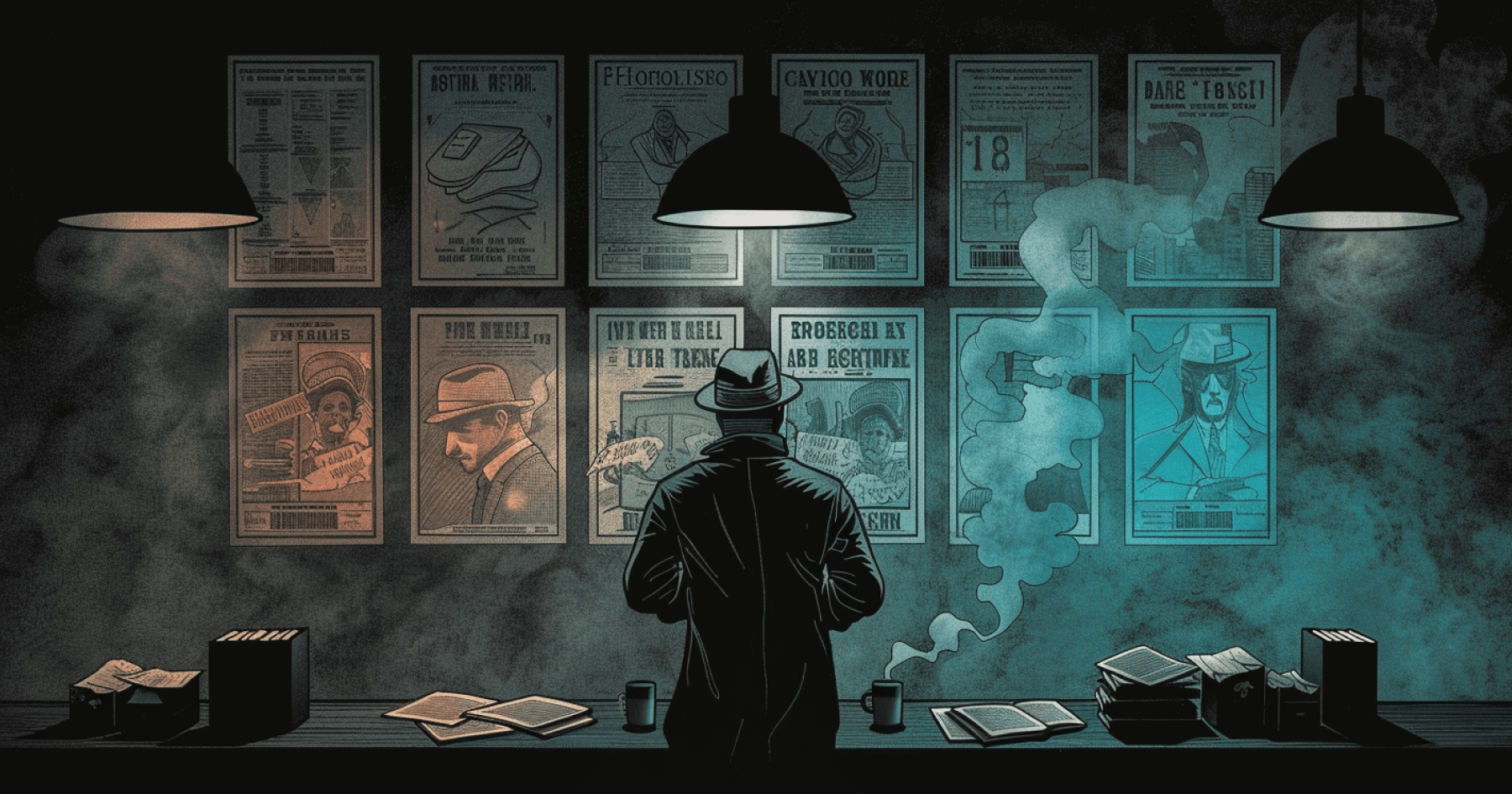
In the bustling knot of Moscow collectors, shrewd art dealers, street resellers, patrons, gallery owners, restorers, corrupt experts, dishonest antique shop owners, cunning curators, and artists of all sorts, Mkhitar Kazaryan had managed to pass himself off as almost all of them. The respectable 43-year-old man attended salons, exhibitions, and vernissages, presenting himself as a dealer, a painting expert, or a certified jewelry appraiser.
Making connections in a sphere where everyone knows and hates each other was easy. Kazaryan claimed he had a suitable buyer, took something inexpensive, brought the money, left a good impression, and proposed a bigger deal.
In July 2009, Kazaryan called art historian Patimat Gammadova, the daughter of a famous Dagestani folklorist and a specialist in antique cold weapons, offering another deal. Gammadova knew Kazaryan as "Mikhail" and had already done business with him: over the summer, he had taken a painting worth 1.5 million rubles and a collection of weapons worth 2.5 million — 11 19th-century daggers and ten flintlock, percussion, and pinfire pistols from the 18th and 19th centuries. Although she hadn't seen any money for them, she agreed to help. Kazaryan was looking for the owner of Konstantin Korovin's painting "At the Window."
Any art deal quickly becomes entangled with a chain of random people and interested crooks. Gammadova called an acquaintance who was a reseller, who then called Valery Surikov, who claimed to be the head of the International Institute named after Andrei Tarkovsky. Surikov called the wife of Kirill Belyaninov, the collector and owner of the "Connoisseur" gallery. Belyaninov had bought the painting "At the Window" in Paris a year earlier from a French acquaintance. The painting, 81 by 60 centimeters, featuring two girls at a table covered with flowers and painted in bold impressionist strokes, is not one of Korovin's well-known works. Experts say he created it during his emigration to France, with the open window and emerging greenery being a favorite motif of the artist. A similar work is displayed in the Tretyakov Gallery. Belyaninov liked to think of this canvas as an act of returning national treasures to the Motherland, and he didn't want to sell it. But with a crisis looming in the country and business not going well, Belyaninov needed money. At that time, the value of "At the Window" was estimated at 26 million rubles (825,000 dollars at the time), so the collector allowed his wife to show the painting "on view" to a potential buyer.
On the afternoon of August 3, 2009, Valery Surikov wrote a receipt at the "Connoisseur" gallery on Myasnitskaya Street, took the painting, and went to Patimat Gammadova's home. Instead of Kazaryan, who was interested in the painting, his accomplice — 51-year-old Alexander Grechikhin from the village of Annenkovo in the Penza region — has arrived. Posing as an expert on behalf of the buyer, he examined the painting with a magnifying glass, pretending to study it professionally. Grechikhin asked everyone to go to a bank branch for the deal's conclusion. They left the painting at home. But at the branch, Gammadova received a call from Kazaryan, who began to stall with various excuses: the buyer was delayed, the total sum wasn't collected yet, but it was about to be. Then he convinced the woman that the painting had to be shown to the buyer in person, so she called her husband and asked him to hand over the canvas to Grechikhin, who would pick it up. Later in court, Valery Surikov stated that he realized there would be no deal at some point and demanded to be taken to Gammadova's apartment, but the painting was already gone.
Surikov didn't tell the painting's owner about the theft for a week and tried to resolve the situation himself. Eventually, he confessed, went to the police—to Ilya Ryasnoy, then to the 12th Department—and filed a report.
Alexey Kistochkin, then a major, set out to find the stolen painting along his usual route — in the underworld of the capital's art crime. A tip came from a weapon shop seller in Gostiny Dvor: two men had come in, trying to avoid surveillance cameras, and laid out a heap of ancient weapons on the counter. While he examined the daggers and pistols, one of the visitors offered to sell him "Korovin." The seller thought they meant the first Soviet serial pistol TK (Tula Korovin) and declined; the men left their phone number. Alexey Kistochkin arranged a meeting through the seller in familiar territory — an antique shop on Pushechnaya Street.
On a sunny day, August 20, 2009, 17 days after the painting's theft, Alexander Grechikhin dressed inconspicuously: jeans, a shirt, a cap, and a windbreaker. Bald, with a mole on his cheek, taciturn, and utterly clueless about paintings and antiques. He held a plastic bag with daggers wrapped in newspaper. Kistochkin posed as a successful businessman, finishing renovating a new house in Rublevka — "just missing some daggers for the wall." He was unarmed, with two hidden surveillance teams nearby — one car and several officers on foot. Negotiations were over mobile phones, with no body mics or wiretaps, as seen in movies. "Poor police, everything is makeshift," Kistochkin recalls without enthusiasm.
He chose a couple of blades. Grechikhin demanded $2,000 each, but the detective professionally knocked the price down to $500, pointing out their mediocre condition and lack of significant value.
"Do you have any paintings?" the policeman asked casually. "You know, Bogolyubov, Shishkin, Korovin, Levitan?"
"Yes, there are some items," Grechikhin replied.
They agreed to meet in a couple of days, but the surveillance was lost in the subway — Grechikhin suspected he was being followed and managed to disappear. However, the case didn't progress: no criminal case was opened, the Department had no funds to buy the daggers, and getting them officially from the Ministry of Internal Affairs was, in the words of the policeman, "a pain," and Surikov also declined to fund the operation. Grechikhin stopped making contact. The art police were in a familiar situation where the law enforcement system hindered catching the criminal.
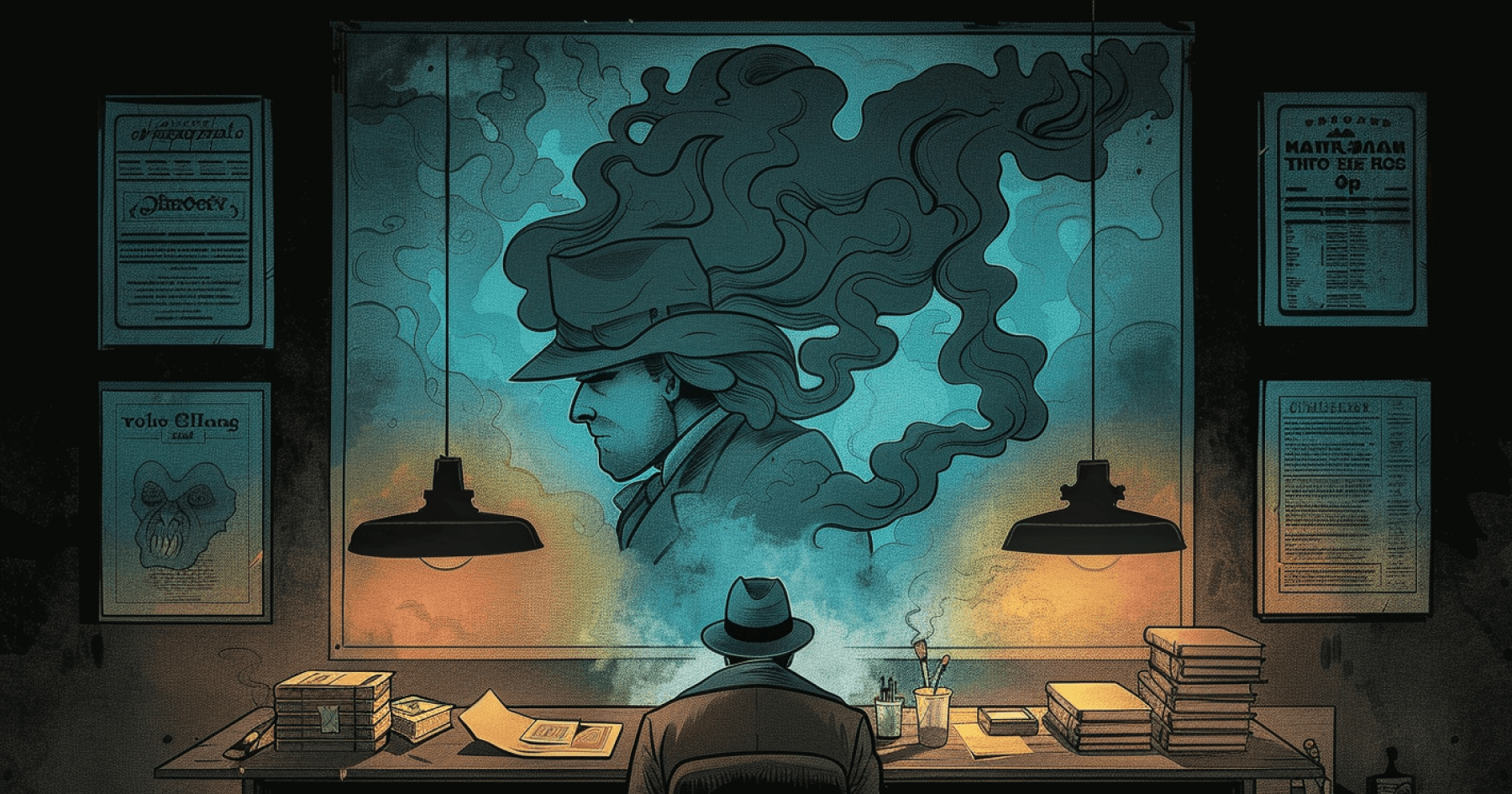
Former investigator Ilya Ryasnoy, dismissively called "The Writer" by colleagues, spent the last ten years writing detective novels based on his service experiences (known for books like "Night of the Long Knives," "Trap for an Oligarch," and "White Legion: Terror Won't Pass"). Unperturbed and phlegmatic, Ryasnoy openly discussed the disintegration of the entire antique direction of the police in 2012. He understands why departments were cut across the country: crimes have decreased significantly since the 1990s — 500-600 a year compared to five thousand. However, he believes a core department should have remained to work with the community and uncover "latent cases." Ryasnoy thinks fraud is the easiest to investigate because the actors are known but extremely hard to prove. This happened with the Kazaryan scam: the Zamoskvorechye prosecutor's office didn't authorize a criminal case for "fraud," considering it a regular violation of commercial transaction terms. In art, it's customary to operate without licenses, using receipts and ledger books for commissions, and nobody wants to involve the police unnecessarily.
Each year, the quality of investigations mattered less and less to the leadership, confirms Alexey Kistochkin: "Some leaders didn't care; they only needed indicators to keep their seats. It wasn't said outright but rather in passing: if there's no longer a wave of antique crimes with weekly robberies and murders in the reports, why keep a whole department? The fact that this is directly related to our upbringing, education, culture, and history — they don't care about that." The leadership expected the Department to quickly and loudly solve cases that could be pompously shown on the evening news and chronicled in the crime section of newspapers.
A criminal case for the theft of the Korovin painting was only initiated in May 2010. Kistochkin managed to meet with the prosecutor and convince him. "People often come to the prosecutor's office from the street, but they are a supervisory body, allowing them to be rude: 'We can do anything; we oversee you.' But they are sometimes illiterate and make illegal decisions," the detective says. The investigation finally moved forward: the art police tracked a dozen phones and found new episodes but couldn't arrest the criminals. "They were poking around slowly," Kistochkin describes the process. All this time, Kazaryan and Grechikhin quickly acquired new trophies — two old silver services, a second Korovin painting, "In the Interior," a painting by one of the most famous Russian mariners, Lev Lagorio "Lighthouse," worth $300,000.
While all the stolen items settled in Arbat shops, Izmailovo vernissages, and pawnshops, the operatives struggled with bureaucratic mills: they traveled to Moscow police departments and collected cases initiated in different parts of the city. They submitted them to the Main Investigative Department of the Ministry of Internal Affairs. "The investigation was lackadaisical," Kistochkin fumes. "We often acted like postmen, which is absurd. The investigation sits and picks their nose while the MUR detectives run errands like messengers. They initiate a case and then just let it sit. We gather evidence, find a witness, bring them in, and they should be interrogated, but the investigation says, 'Not now, yes-yes-yes, we'll do everything.' When procedural deadlines start to press, they hastily wrap up cases, interrogating everyone for three days straight to get it to court. The interrogation is low quality and rushed. And when it's time to detain someone, we can't because there's no evidence base."
There was also chaos in the Moscow criminal investigation department. In October 2011, the FSB conducted searches on Petrovka and detained an operative of the 9th Special Department, which dealt with illegal stolen goods sales and often intersected with antiquarians. The arrested officer, charged with extorting pawnshops and shops, made a deal with the investigation and exposed his colleagues.
Throughout the winter and spring of 2012, Mkhitar Kazaryan single-handedly terrorized the deputy chairman of the board of "NRBank." The banker, passionate about collecting, mistook the fraudster for an experienced jewelry expert and boasted about his collection in the office in central Moscow, on Bolshaya Lubyanka next to the Kremlin and FSB headquarters. During several visits, he handed over seven paintings, old books, jewels, and a collection of expensive watches to Kazaryan.
The banker couldn't believe he had been deceived for a long time.
In July 2012, two arrests took place in Moscow. The arrest of the former head of the 9th Department, Vladislav Karpukhin, made the news: the colonel was accused of receiving a bribe of 2.9 million rubles from a pawnshop owner. Kazaryan and his accomplice were arrested quietly and without publicity.
Police found the banker's unsold items in a hotel room: a green stone, antique books, 1903 black table scales with bronze plating, an antique egg-shaped box, and a painting.
Kistochkin wasn't even sent for arrest: the antiquarians no longer had the "Balashikha-style fun," just paperwork. With the absence of high-profile crimes, the 12th Department increasingly received cases from other departments and was asked to handle different things, such as apartment thefts or protest rallies.
When Kazaryan and Grechikhin were sentenced, the Moscow Antique Department no longer existed. From January 17, 2013, the unit was merged into the apartment theft department, renamed the 12th Department, with the antique focus retained only on paper. Former department employees still working in the Ministry of Internal Affairs carefully avoid words like "liquidation" or "reduction," preferring "reorganization" and "turnover." The press service of the Moscow police cuts off: this is all entirely confidential information, and discussing the numbers of staff in law enforcement departments "is not permissible."
The police assure that the need for large antique departments has disappeared, as they have "caught all the major fraudsters," and the Kazaryan story will not repeat. Former detectives believe otherwise — soon, the thieves they had once put away will be released and undoubtedly return to their old ways. Alexey Kistochkin, suppressing irritation, worked for a year under the new order: 3-4 meetings a day, endless bureaucracy and paperwork, back and knee pain from sitting, forced to wear a uniform, unable to do what he loved, no thrill in the hunt.
In January 2014, he resigned. In March, the court issued a verdict: Kazaryan received nine, and Grechikhin ten years in a general regime colony. Contrary to police expectations, the case went unnoticed, and many questions remained about the verdict — for example, the unclear role of Patimat Gammadova, who continued to give parts of her collection to the fraudsters even after the disappearance of the Korovin painting. Kazaryan claimed the idea of stealing the "At the Window" painting was hers, but the judge was uninterested. Most of the stolen items were found in Moscow pawnshops and with dealers, but both Korovin paintings are still missing. On the website of Kirill Belyaninov's gallery, there is a notice about the search for "At the Window." The collector is convinced: the fraudsters' claims of selling the painting to a foreigner at an Izmailovo vernissage are lies, and it slipped away through a plethora of small Moscow shops and is still in Russia.
Ilya Ryasnoy was laid off. At 51, he continues writing detective novels and maintains his trademark phlegm. Kistochkin worked in an appraisal company, but it didn't work out, and he's now considering switching to copyright in the art field. He believes law enforcement has degenerated, consistent with the country's decline. "It's the system and the people. They don't want to work; they want to earn money without doing anything or using their official position to make money. Policemen are just like us," he says. Suddenly, he adds: "And all this degradation is the consequence of the actions of foreign intelligence services to dismantle our country and completely demoralize the people."
1. Transform your identity crisis and own your story with an online narrative therapy session. Reduce anxiety and discover new perspectives through these collaborative conversations
2. Turn your life experience and passion into captivating media products with step-by-step coaching. I will guide you from ideation to creation, and together we'll craft your dream project
If you have any questions, feel free to reach me at most@hey.com